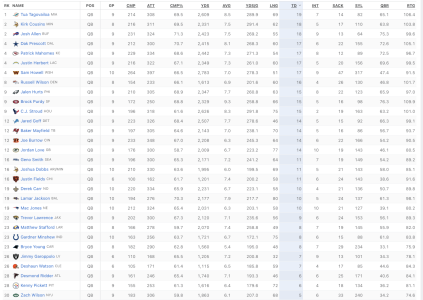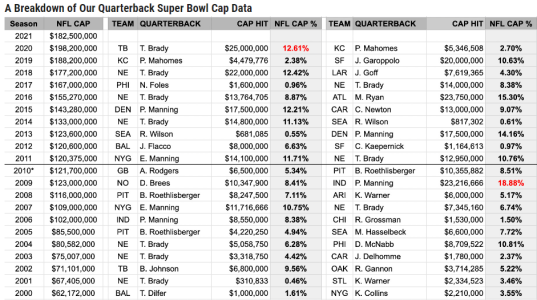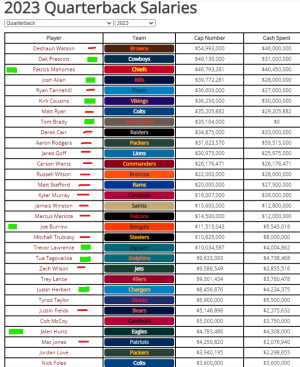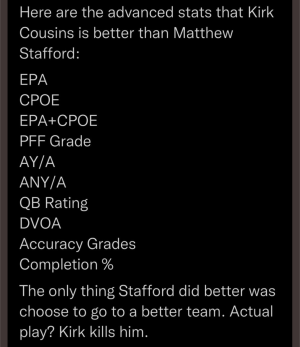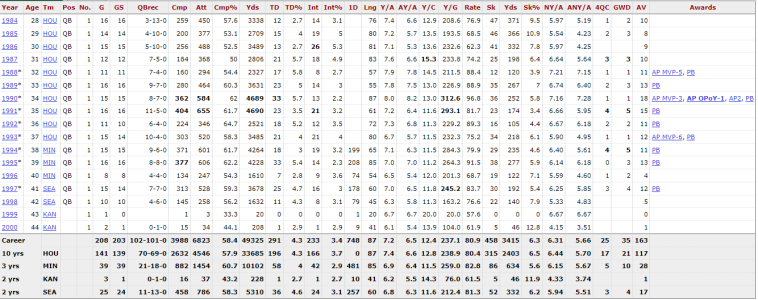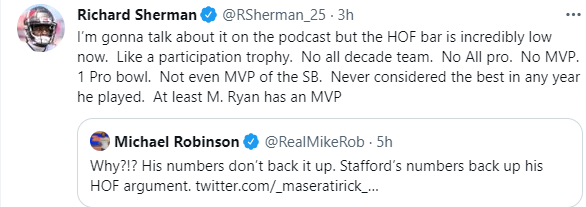Expected Points Added, commonly referred to as EPA, is a measure of how well a team performs relative to expectation. For example, if a team starts a drive on the 50-yard line, its expected points to start the drive would be about 2.5. If the team ends the drive with a field goal, thus gaining 3 points, its EPA for that drive would be found by subtracting its expected points from how many points it actually gained, 3 – 2.5 or 0.5 EPA.
This same logic can be applied to individual plays. Say the Chiefs start with the ball first-and-10 from their own 25-yard line, where its expected points would be about 1.06. If Patrick Mahomes throws a 15-yard completion, making it first-and-10 on the KC 40-yard line, where the expected points is now 1.88, the EPA of that play would be 1.88 – 1.06 or 0.82. In other words, that completion increased the Chiefs’ expected points on that drive by just over three-fourths of a point. If instead of the completion, Mahomes was sacked for a 10-yard loss, making it second-and-20 from their own 15, the new expected points would be about -0.54 and the EPA for that play would be -0.54 – 1.06 or -1.6. This means the sack decreased the amount of points the Chiefs were expected to score on that drive by 1.6 points.












